Table of Contents
Kirchhoff’s Law, also known as Kirchhoff’s Circuit Law, is a fundamental principle in electrical engineering that is used to analyze electrical circuits. This law was first introduced by Gustav Kirchhoff in 1845, and since then, it has been widely used in electrical engineering applications. In this article, we will take an in-depth look at Kirchhoff’s Law and its applications in the field of electrical engineering.
What is Kirchhoff’s Law?
Kirchhoff’s Law is a set of two rules that describe the behavior of electric circuits. The first rule, also known as Kirchhoff’s Current Law (KCL), states that “the total current entering a node (or junction) in an electric circuit is equal to the total current leaving that node”. This law is based on the principle of conservation of electric charge, which states that the total charge in an isolated system remains constant.
The second rule, known as Kirchhoff’s Voltage Law (KVL), it states that
“the total voltage around a closed loop in an electric circuit is zero”
This law is based on the principle of conservation of energy, which states that energy can neither be created nor destroyed, but it can be transferred from one form to another.
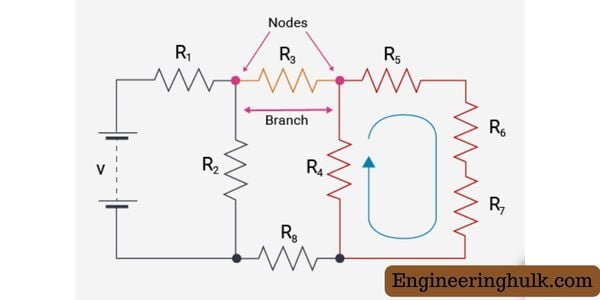
Applications of Kirchhoff’s Law
Kirchhoff’s Law has a wide range of applications in the field of electrical engineering. It is used to analyze and design electrical circuits, and to calculate the behavior of various electronic components such as resistors, capacitors, and inductors. Let’s take a look at some of the applications of Kirchhoff’s Law:
Analysis of electrical circuits
Kirchhoff’s Law is used to analyze complex electrical circuits, including those that have multiple sources of voltage and current. By applying KCL and KVL, engineers can calculate the current and voltage at various points in the circuit, and determine the behavior of different components.
Design of electrical circuits
Kirchhoff’s Law is also used to design electrical circuits, including those used in power systems, communication systems, and control systems. By applying KCL and KVL, engineers can design circuits that meet specific performance requirements, such as voltage regulation, frequency response, and power efficiency.
Measurement of electrical quantities
Kirchhoff’s Law is used to measure electrical quantities such as voltage, current, and resistance. By applying KCL and KVL, engineers can measure these quantities accurately and with high precision.
Kirchhoff’s Law is used to analyze the behavior of electronic components such as resistors, capacitors, and inductors. By applying KCL and KVL, engineers can determine the current-voltage relationship of these components, and calculate their impedance, frequency response, and other characteristics.
By understanding and applying Kirchhoff’s Law, engineers can design and optimize electrical circuits that meet specific performance requirements, and develop new electronic components that are more efficient and reliable.
FAQ
How are Kirchhoff’s laws applied in circuit analysis?
Kirchhoff’s laws are applied by writing a set of simultaneous equations based on KCL and KVL for the different nodes and loops in a circuit. These equations are then solved to determine the values of currents and voltages in the circuit.
Are Kirchhoff’s laws applicable to both DC and AC circuits?
Yes, Kirchhoff’s laws are applicable to both DC (direct current) and AC (alternating current) circuits. However, the analysis of AC circuits involves the use of complex numbers and phasors due to the time-varying nature of the voltages and currents.
Can Kirchhoff’s laws be violated?
No, Kirchhoff’s laws are fundamental principles derived from the laws of conservation of charge and energy. They are universally applicable and have been experimentally verified countless times. Therefore, they cannot be violated in properly functioning circuits.
Are Kirchhoff’s laws applicable to all types of circuits?
Kirchhoff’s laws are applicable to all types of circuits, including simple circuits with resistors, as well as more complex circuits with capacitors, inductors, and other components. They can also be applied to circuits with multiple sources, such as batteries and generators.
Are there any limitations to Kirchhoff’s laws?
Kirchhoff’s laws assume ideal circuit components, such as perfect conductors and lumped elements. They may not be accurate in situations involving high frequencies, where parasitic effects like stray capacitance and inductance become significant. In such cases, more advanced circuit analysis techniques may be necessary.
Can Kirchhoff’s laws be applied to non-linear circuits?
Kirchhoff’s laws can be applied to linear circuits, where the relationships between voltage and current are linear. However, in non-linear circuits that involve components like diodes and transistors, additional analysis techniques are needed, such as the use of load line analysis or numerical methods.
How do Kirchhoff’s laws relate to Ohm’s law?
Kirchhoff’s laws and Ohm’s law are closely related. Ohm’s law describes the relationship between voltage, current, and resistance in a circuit. Kirchhoff’s laws, on the other hand, are used to analyze complex circuits by considering the conservation of charge and energy. Kirchhoff’s laws provide a broader framework for circuit analysis that includes Ohm’s law as a special case.
Also, read Eddy Current

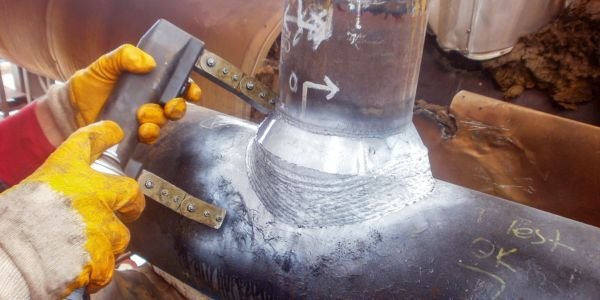
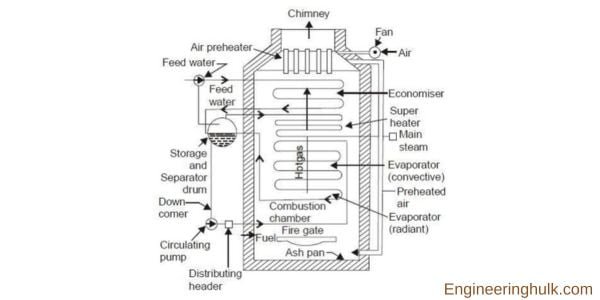

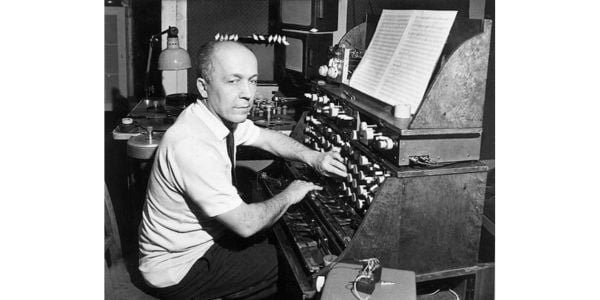











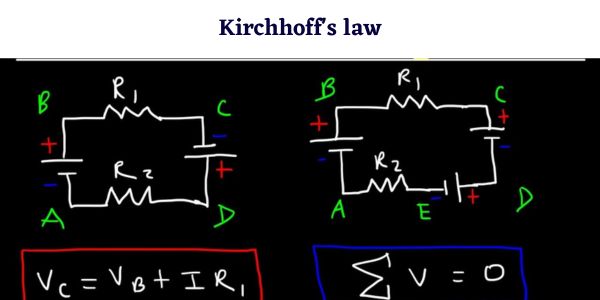

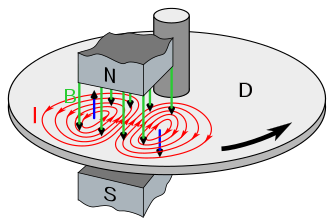

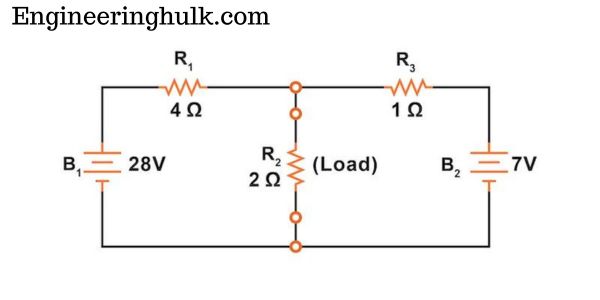
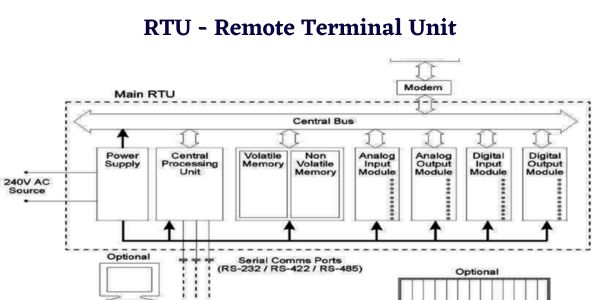
Comment on “Kirchhoff’s law – Statement, Applications, Analysis”
Comments are closed.